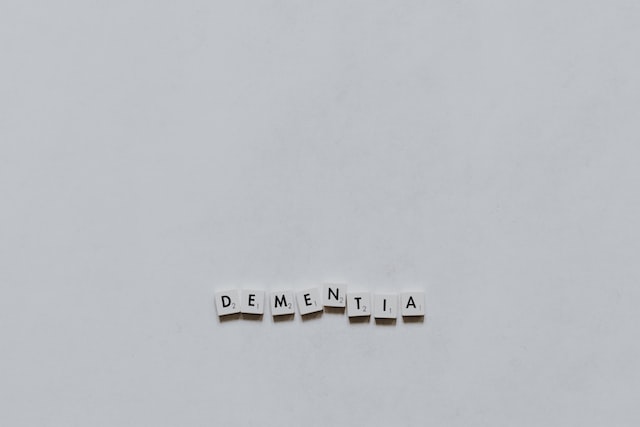Swollen ankles without pain can occur for a variety of reasons, often related to fluid accumulation in the tissues, known medically as edema. This swelling happens when excess fluid collects in the lower legs and feet, and it may not always be accompanied by discomfort or pain. Understanding the main causes of painless swollen ankles requires looking at several common and medical factors.
One of the most frequent causes of painless ankle swelling is **fluid retention due to gravity and prolonged standing or sitting**. When a person remains in one position for a long time, especially standing or sitting with legs down, gravity causes fluid to pool in the lower extremities. This is sometimes called dependent edema and is common in people who have sedentary jobs or lifestyles. The swelling usually improves with leg elevation or movement[1][4].
**Chronic venous insufficiency (CVI)** is another major cause. This condition occurs when the valves in the leg veins do not function properly, allowing blood to flow backward and pool in the veins. This increases pressure in the veins, causing fluid to leak into surrounding tissues and resulting in swelling. CVI often leads to painless swelling initially, though it can progress to discomfort if untreated. Varicose veins are a visible sign of this condition[1][2][5].
**Lymphedema** is swelling caused by a compromised lymphatic system, which normally drains excess fluid from tissues. Damage to lymph vessels or nodes—due to surgery, radiation, infection, or chronic overload—can cause fluid buildup and swelling. Lymphedema swelling often starts subtly and may be painless in early stages. It can become persistent and more severe if untreated[2][3].
Certain **systemic medical conditions** can cause painless ankle swelling by affecting fluid balance or circulation:
– **Heart failure**, especially right-sided congestive heart failure, can cause fluid to back up in the legs, leading to swelling known as cardiac edema. This swelling is often bilateral and painless initially but may be accompanied by other symptoms like shortness of breath and weight gain[2][3].
– **Kidney disease** can impair the body’s ability to remove excess fluid, causing swelling in the lower limbs.
– **Liver disease** can reduce the production of proteins that keep fluid in the bloodstream, leading to fluid leakage into tissues.
– **Thyroid disorders** may also contribute to fluid retention and swelling[2].
Certain **medications** can cause ankle swelling without pain as a side effect. These include calcium channel blockers (used for high blood pressure), nonsteroidal anti-inflammatory drugs (NSAIDs), steroids, and some diabetes medications. These drugs can cause fluid retention or affect blood vessel function, leading to swelling[2].
**Pregnancy** is a common physiological cause of painless swollen ankles. Hormonal changes and increased pressure on pelvic veins reduce blood flow from the legs, causing fluid to accumulate. This swelling is usually symmetrical and worsens later in the day[2].
Less commonly, painless ankle swelling can be caused by **infections or inflammatory conditions** such as arthritis or cellulitis, but these usually involve pain or redness, so they are less likely when swelling is painless[1].
In rare cases, painless swelling may signal more serious conditions like **deep vein thrombosis (DVT)**, but DVT typically causes pain, redness, and warmth, so painless swelling alone is less characteristic of this emergency[2][5].
In summary, the main causes of swollen ankles without pain include:
– Fluid retention from prolonged standing or sitting (dependent edema)
– Chronic venous insufficiency and varicose veins
– Lymphedema due to lymphatic system damage
– Systemic diseases such as heart failure, kidney disease, liver disease, and thyroid disorders
– Medication side effects
– Pregnancy-related fluid retention
If swelling persists, worsens, or is accompanied by other symptoms, medical evaluation is important to rule out serious underlying conditions and to receive appropriate treatment[1][2][3][5].
Sources:
[1] Foot & Ankle Centers of South Jersey
[2] Center for Vein Restoration (CVR)
[3] Legs Matter – Lymphoedema and Oedema Information
[4] DrOracle.ai – Differential Diagnosis for Swollen Ankles
[5] Vein Institute – Ankle Swelling





